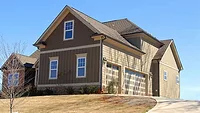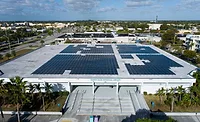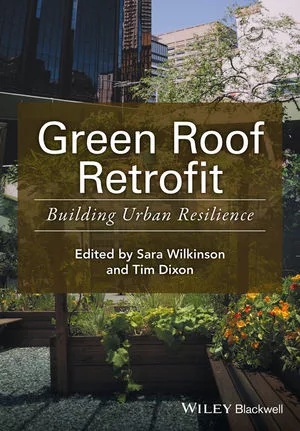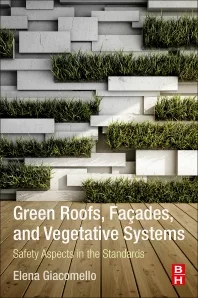Green Building Experiences Large Growth, NAHB Says
As builders and remodelers retool their businesses in a tight credit market and recapture the interest of jittery consumers, this spring is the greenest yet for the nation’s home building industry, according to the National Association of Home Builders.
As builders and remodelers retool their businesses in a tight credit market and recapture the interest of jittery consumers, this spring is the greenest yet for the nation’s home building industry, according to the National Association of Home Builders.
“We’ve said for a while that green building is a bright spot in a down market,” said NAHB Chairman Joe Robson, a homebuilder and developer in Tulsa, Okla. "However, the growth of the NAHB National Green Building Program exceeds even our most optimistic expectations.”
For instance, more than 3,100 builders, remodelers, designers and others in the home building business have earned the Certified Green Professional educational designation. Based on the successful completion of 24 hours of instruction, industry experience and commitment to continuing education, the designation provides consumers with confidence in the qualifications of credentialed professionals, Robson said.
A Master Green Builder-Remodeler designation that incorporates additional building science and project management coursework is slated to be unveiled next year, he added.
More than 200 single-family homes, remodeling projects and developments in 43 states have received National Green Building Certification, with another 300-plus scheduled for inspections.
“The NAHB Research Center has certified projects ranging from affordable starter homes to high-end custom homes with every conceivable amenity,” Robson said. “This national certification program clearly is making green building more mainstream.”
The number of state and local homebuilders associations affiliated with the NAHB National Green Building Program hit 99 in mid May, so there are now 40 states with affiliated programs. These programs team national certification with professional education and consumer awareness initiatives.
Homes certified in the NAHB National Green Building Program meet benchmarks set for energy, water and resource efficiency; indoor environmental quality, lot and site development and home owner education and home maintenance. Green building practices are incorporated into every step of the home building and land development process to minimize environmental impact.
Various tax credits for energy-efficient products, like Energy Star-rated windows, and a growing number of state and local incentives for buying green are also encouraging consumers to choose energy- and resource-efficient products and homes, Robson said.
Consumers can find a Certified Green Professional, a local green building program and a gallery of certified green homes at www.nahbgreen.org.
As builders and remodelers retool their businesses in a tight credit market and recapture the interest of jittery consumers, this spring is the greenest yet for the nation’s home building industry, according to the National Association of Home Builders.
“We’ve said for a while that green building is a bright spot in a down market,” said NAHB Chairman Joe Robson, a homebuilder and developer in Tulsa, Okla. "However, the growth of the NAHB National Green Building Program exceeds even our most optimistic expectations.”
For instance, more than 3,100 builders, remodelers, designers and others in the home building business have earned the Certified Green Professional educational designation. Based on the successful completion of 24 hours of instruction, industry experience and commitment to continuing education, the designation provides consumers with confidence in the qualifications of credentialed professionals, Robson said.
A Master Green Builder-Remodeler designation that incorporates additional building science and project management coursework is slated to be unveiled next year, he added.
More than 200 single-family homes, remodeling projects and developments in 43 states have received National Green Building Certification, with another 300-plus scheduled for inspections.
“The NAHB Research Center has certified projects ranging from affordable starter homes to high-end custom homes with every conceivable amenity,” Robson said. “This national certification program clearly is making green building more mainstream.”
The number of state and local homebuilders associations affiliated with the NAHB National Green Building Program hit 99 in mid May, so there are now 40 states with affiliated programs. These programs team national certification with professional education and consumer awareness initiatives.
Homes certified in the NAHB National Green Building Program meet benchmarks set for energy, water and resource efficiency; indoor environmental quality, lot and site development and home owner education and home maintenance. Green building practices are incorporated into every step of the home building and land development process to minimize environmental impact.
Various tax credits for energy-efficient products, like Energy Star-rated windows, and a growing number of state and local incentives for buying green are also encouraging consumers to choose energy- and resource-efficient products and homes, Robson said.
Consumers can find a Certified Green Professional, a local green building program and a gallery of certified green homes at www.nahbgreen.org.
Looking for a reprint of this article?
From high-res PDFs to custom plaques, order your copy today!







